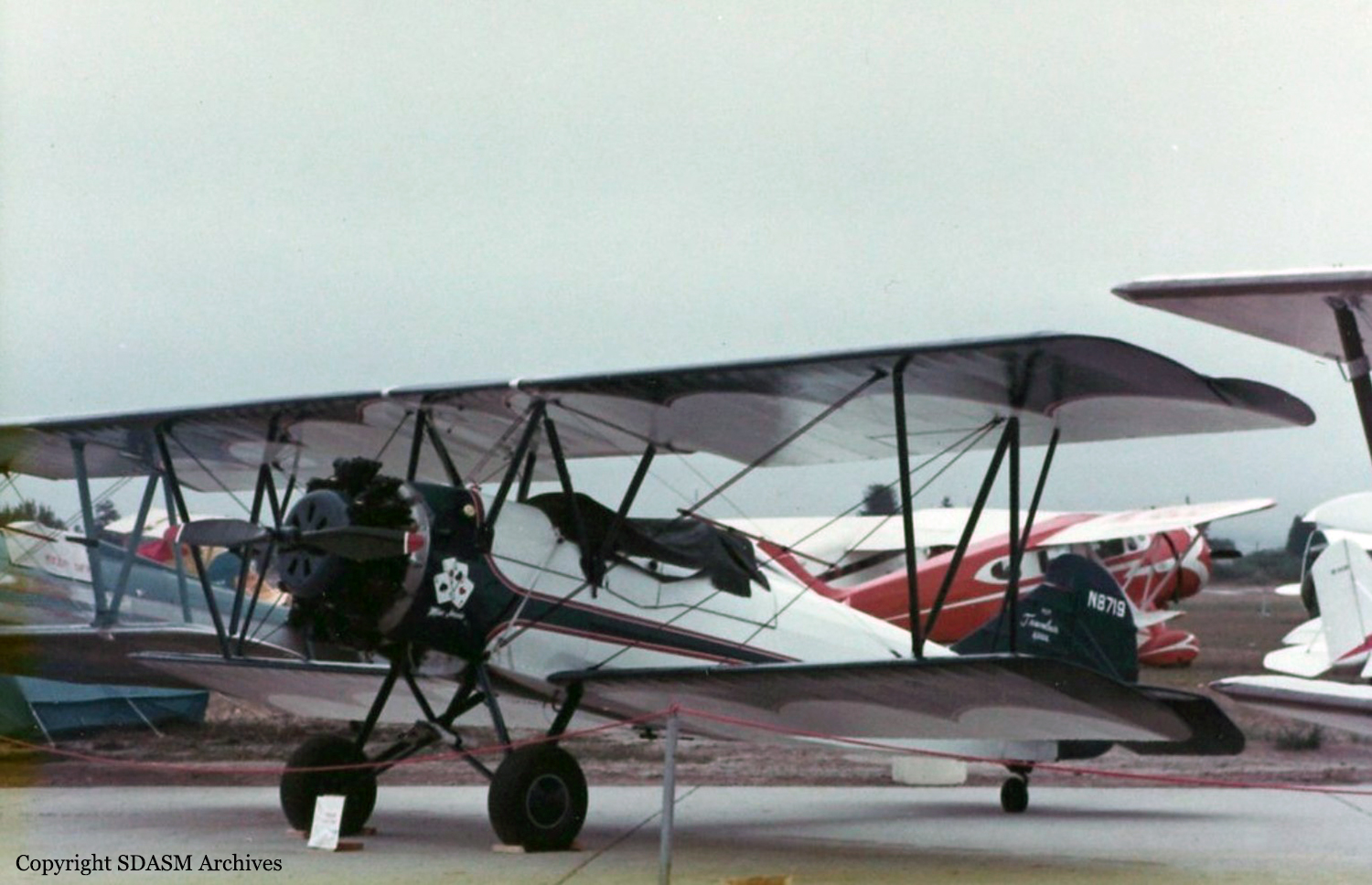Crash of a Beechcraft C99 Airliner near San Luis Obispo: 15 killed
Date & Time:
Aug 24, 1984 at 1118 LT
Registration:
N6399U
Survivors:
No
Schedule:
Los Angeles – Santa Maria – San Luis Obispo – San Francisco
MSN:
U-187
YOM:
1982
Flight number:
RM628
Crew on board:
2
Crew fatalities:
Pax on board:
13
Pax fatalities:
Other fatalities:
Total fatalities:
15
Captain / Total hours on type:
873.00
Copilot / Total hours on type:
62
Circumstances:
Wings West Airlines Flight 628, a commuter flight, departed Los Angeles for San Francisco, with scheduled en route stops at Santa Maria and San Luis Obispo. At 11:10, Flight 628 left the gate at San Luis Obispo. The weather at the time was essentially clear and the visibility was 15 miles. At 11:16, after taking off from runway 29, Flight 628 called the Los Angeles ARTCC and reported that it was climbing through 2,700 feet 'IFR to San Francisco.' At 11:17:23, the Los Angeles ARTCC’s radar controller cleared Flight 628 to the San Francisco airport, as filed, to climb and maintain 7,000 feet. At 11:17:38 the aircraft collided head-on with Rockwell Commander N112SM at 3,400 feet. This single-engined aircraft had departed Paso Robles Airport on a training flight with two pilots on board. Nll2SM was flying in visual meteorological conditions and under VFR in the vicinity of the San Luis Obispo Airport just before the collision.
Probable cause:
The failure of the pilots of both aircraft to follow the recommended communications and traffic advisory practices for uncontrolled airports contained in the Airman’s Information Manual to alert each other to their presence and to enhance the controller’s ability to provide timely traffic advisories. Underlying the accident were the physiological limitations of human vision and reaction time. Also underlying the accident was the short time available to the controller to detect and appraise radar data and to issue a safety advisory. Contributing to the accident was the Wings West Airlines policy which required its pilots to tune one radio to the company frequency at all times.
Final Report:





